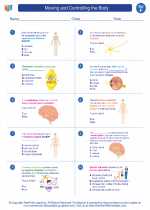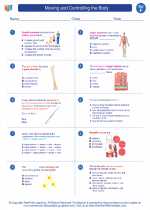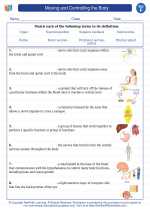Helium
Helium is a chemical element with the symbol He and atomic number 2. It is a colorless, odorless, tasteless, non-toxic, and inert gas. Helium is the second lightest and second most abundant element in the observable universe, being present at about 24% of the total elemental mass, which is more than 12 times the mass of all the heavier elements combined.
Properties of Helium
Helium is unique in that it exists as a gas at standard temperature and pressure, whereas most other elements are found in a solid or liquid state. Some key properties of helium include:
- Atomic number: 2
- Atomic mass: 4.0026 atomic mass units
- Boiling point: -268.9°C
- Melting point: -272.2°C
- Density: 0.1786 g/L
- State at room temperature: Gas
- Solubility: Insoluble in water and most other common liquids
Uses of Helium
Helium has several important uses and applications, including:
- Balloon Inflation: Helium is commonly used to fill balloons, as it is lighter than air and does not burn or react with other chemicals.
- Cryogenics: Helium is used as a coolant in various applications, including in the cooling of superconducting magnets in MRI machines and other medical equipment.
- Aerospace: Helium is used in the aerospace industry to pressurize and purge fuel and oxidizer systems in rockets and spacecraft.
- Diving: Helium is mixed with oxygen for deep-sea diving to prevent the adverse effects of nitrogen narcosis.
- Welding: Helium is used as a shielding gas in arc welding processes to prevent contamination of the weld area.
Study Guide
To study the topic of helium, consider the following key points:
- What is the atomic number and atomic mass of helium?
- What are the physical properties of helium at standard temperature and pressure?
- What are the main uses of helium in various industries and applications?
- How is helium obtained and processed for commercial and industrial use?
- What are the unique characteristics of helium that make it valuable for specific purposes?
Additionally, consider conducting experiments or research on the behavior of helium gas, its interaction with other elements, and its role in various scientific and industrial processes.
Understanding the properties, uses, and applications of helium is essential for comprehending its significance in both scientific and everyday contexts.
.◂Science Worksheets and Study Guides Sixth Grade. Moving and Controlling the Body

 Worksheet/Answer key
Worksheet/Answer key
 Worksheet/Answer key
Worksheet/Answer key
 Vocabulary/Answer key
Vocabulary/Answer key
 Vocabulary/Answer key
Vocabulary/Answer key
 Vocabulary/Answer key
Vocabulary/Answer key
